Recently, the test team of Honeycomb Aerospace received a mission and traveled hundreds of miles to a certain test base to conduct hanging flight test. Compared with the general ground environment tests and ground performance tests, the flight suspension test of scientific research products is closer to the actual application scenarios, and it is a necessary step in the performance testing of airborne scientific research products.
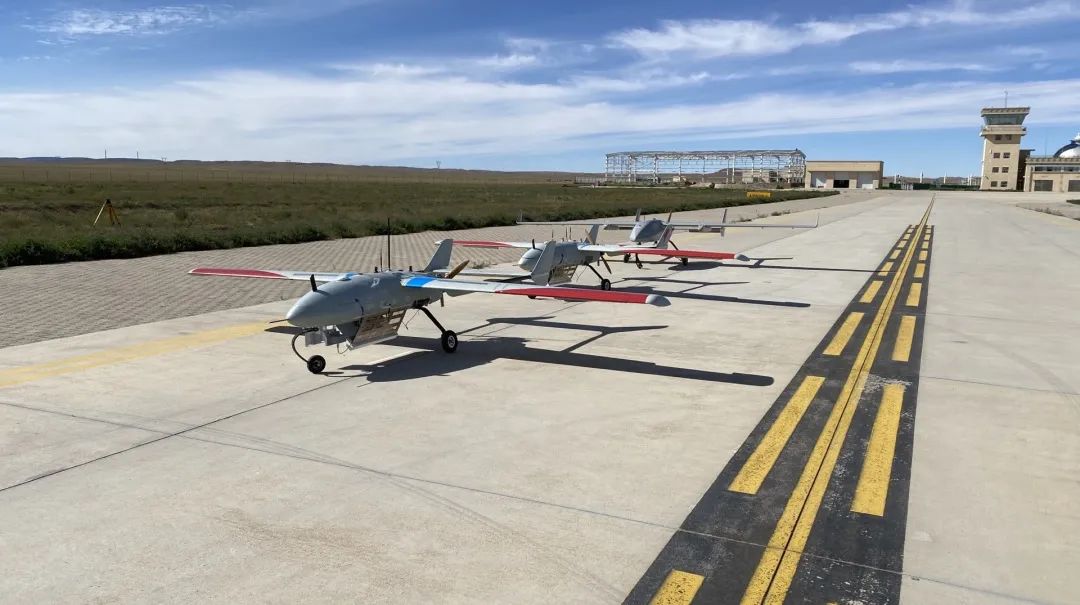
In order to prepare for this test, the test team of Honeycomb Aerospace focused on the functional inspection and debugging of the product. The operational stability under extreme conditions such as strong winds and intense heat was of utmost importance. Each internal test and improvement was aimed at enhancing the product's reliability. After months of dedicated R & D, every component of the product embodied the painstaking efforts of the R & D staff.
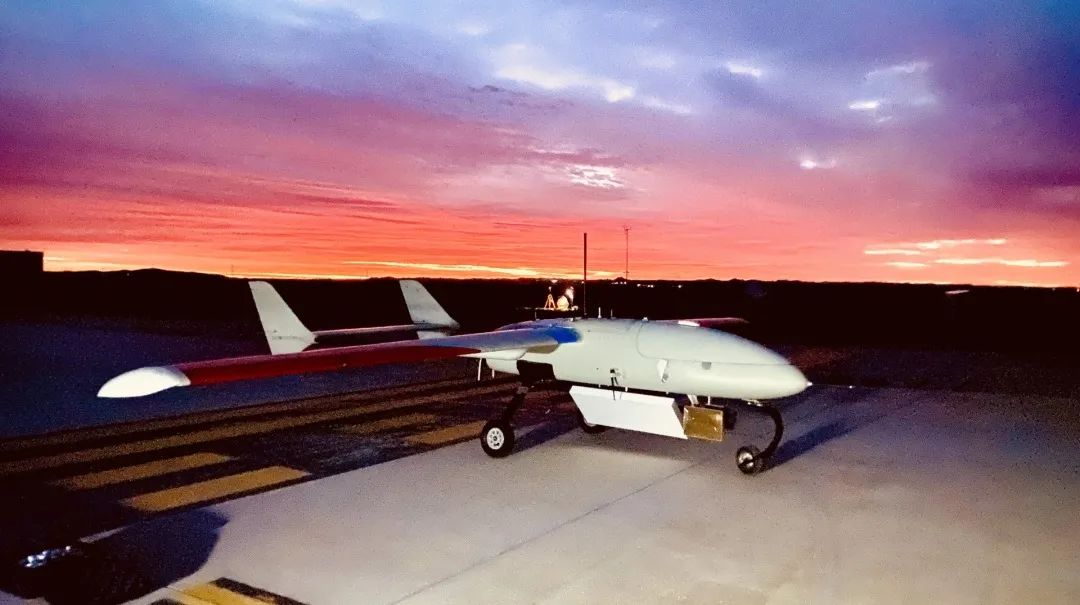
The HC-140 oil powered fixed wing UAV system was used in this flight service. It is a fixed wing UAV product with large load and long endurance. The whole aircraft is made of carbon fiber composite material. The maximum takeoff weight is 150kg, the payload is 30kg, the maximum flight speed is 144km/h, the maximum endurance is 6 hours, and the maximum flight height is 5000 meters. It is characterized by stable flight, simple operation, and high flight efficiency.
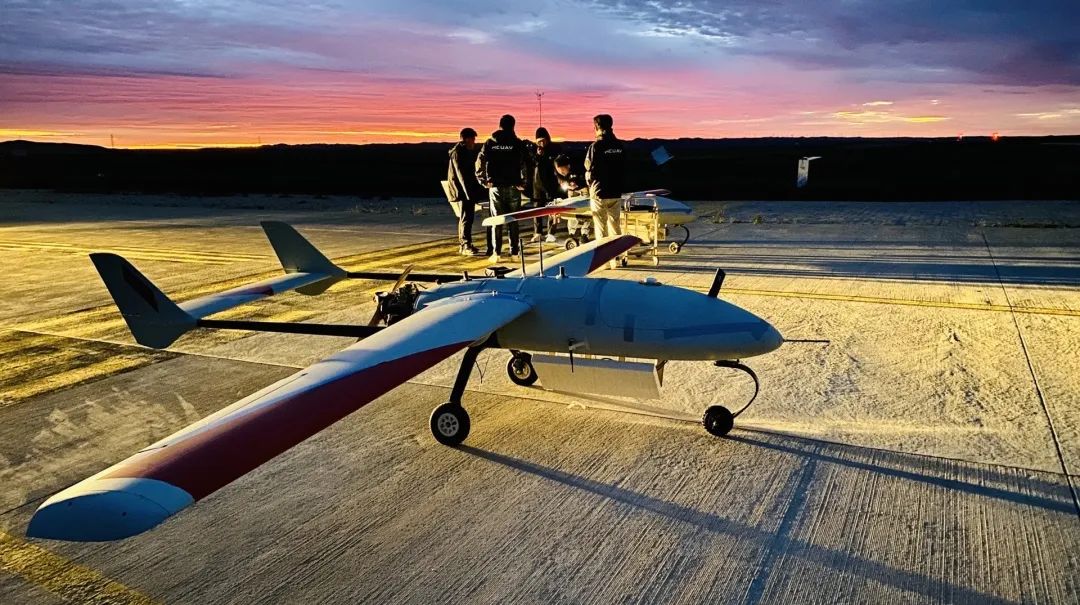
In order to obtain intuitive and comprehensive test data for all aspects of the product's performance, the test team formulated a detailed test plan in the early stage. From the determination of flight routes, selection of target sites, construction of target markers, to product inspection, maintenance, security and confidentiality, and logistical support, each link was strictly controlled to ensure that there is no mistake in each process.

At the same time, in order to enable the cooperative units to better cooperate with the plan of the test team, the test team also conducted training for pilots participating in the flight test, and exchanged details. The content is specific to every step of product operation, measures to deal with small probability events, and disposal for different situations. After training, pilots have been able to advance and retreat orderly and achieve the cooperation requirements.
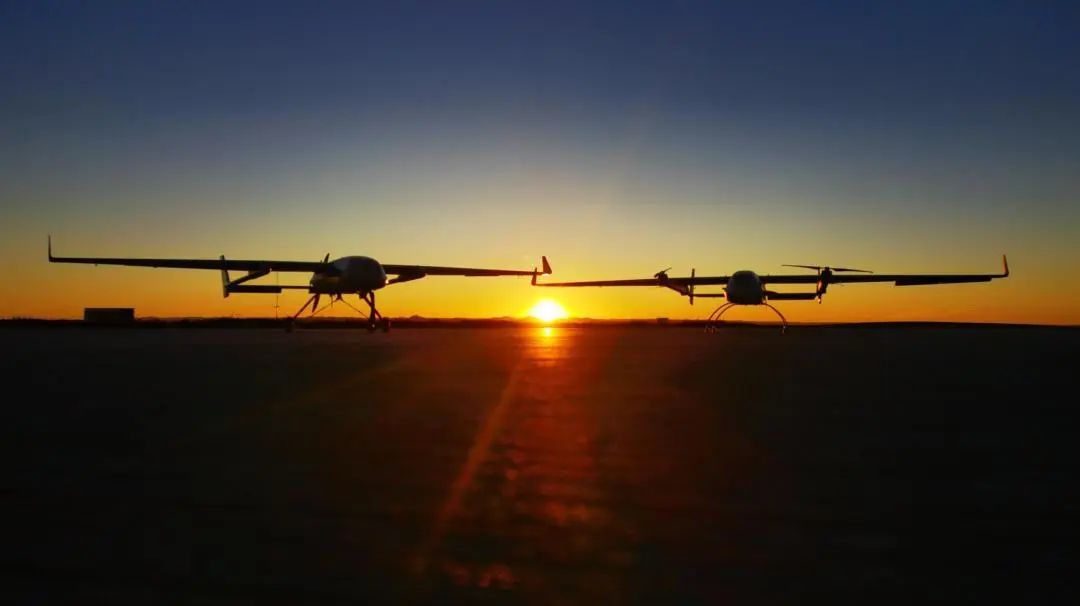
This flight test service employs two fixed-wing aircraft to conduct formation flights at high altitude, achieving various formation patterns in the air. The key technologies for formation flying include inter-aircraft data communication, dynamic formation adjustment, and real-time position control. During the flight, any potential sudden situations are monitored in real-time.

In order to ensure that the days of preparation yield results, all members of the test team have been working day and night at the forefront of the experiment. Each group has a clear division of labor and progresses in parallel. On the one hand, they ensure the synchronization of time and information; on the other hand, it facilitates real-time monitoring of the product status. The field test group also faced numerous challenges during this test. Besides the intense sun and sweltering heat, there were restrictive factors such as airspace regulations and strong winds. The leader of the Honeycomb Aerospace test team fully demonstrated an exemplary leading role. He was brave in taking on challenges and unafraid of difficulties. Problems at the scene were resolved one by one, vividly demonstrating the team spirit.

With the deafening roar of the engine, the product that has been intensively researched and developed was carried on the aircraft for the first time, full of the hope of the whole team, and went up into the sky. The entire flight process was almost without a hitch. The product is in good condition, and the aircraft returns smoothly. For the first flight, the overall functional indicators basically met the design expectations. The data in all aspects of the product were successfully collected, marking a complete success of the first flight.

After the field test, the members of the project team immediately plunged into an in-depth analysis of the collected data. Given that the time until the next flight was short and the task was arduous, and considering the large volume and high level of detail of the test data, the workload of data analysis and processing was extremely substantial. Issues such as problem analysis, software optimization and iteration, simulation analysis, and ground verification were urgently in need of resolution. In such a challenging situation, the test team fearlessly faced difficulties and pressed forward. When time was scarce, they took turns working. From dawn to dusk and then from dusk to dawn, after several sleepless nights, they meticulously refined the product to ensure the smooth implementation of the next-step plans and programs.
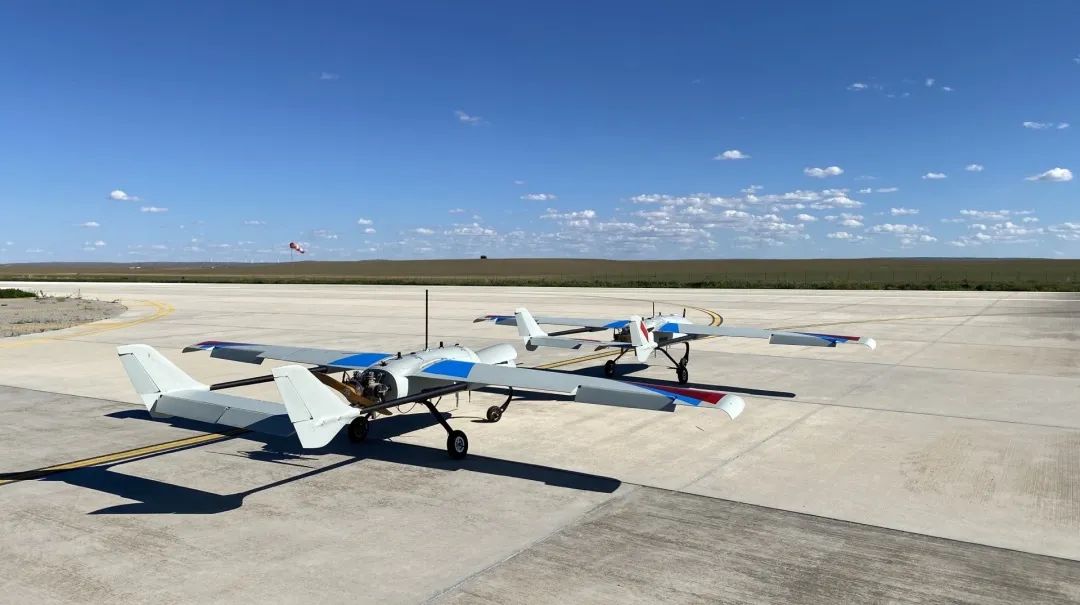
With the joint efforts of R & D, test and cooperation teams, the test team overcame many difficulties, optimized and adjusted the products, and successfully completed the test and flight service.
Honeycomb Aerospace provides customized and integrated UAV system solutions according to customers' needs. It has advanced UAV flight control, real-time data transmission, mission carrying system and other independent research and development capabilities and a number of independent core intellectual property rights in the industry. It can meet different customization needs, provide customers with intelligent and efficient services, and create more value for the society with the strength of science and technology.










